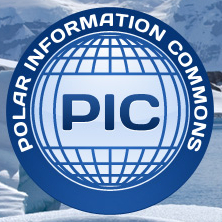Full description
Seismic observations at Syowa Station (SYO) started using a short-period seismometer in 1959. A three-component broadband seismometer (STS-1) was installed in 1989, as one of the FDSN. Seismic signals in the observation hut are transmitted to the Earth Science Laboratory (ESL), where the 24-bit A/D converter processes the signals and send to acquisition workstation by using LAN. From 2004, INTERSAT telecommunication link started between SYO and NIPR. Then the summary data have been automatically sent to NIPR every day by UUCP protocol for the event detection. All kinds of seismic data are archived and available from network library system (POLARIS) in NIPR. Waveform data are offerred from the Ocean Hemishere Project Data Management Center of the Earthquake Research Institute (OHP/ERI), the University of Tokyo. After few years later, waveform data are also sent to the Data Management Syetem, the Incorporated Research Institutions for Seismology (IRIS/DMS). By using the seismic data from SYO, several significant studies have been done involving the earth's interior and tectonics, as viewed from Antarctic region. Current investigations include important topics concerning global environmental change, demonstrated by the regional / local glacial related seismic phenomena.
User Contributed Tags
Login to tag this record with meaningful keywords to make it easier to discover



